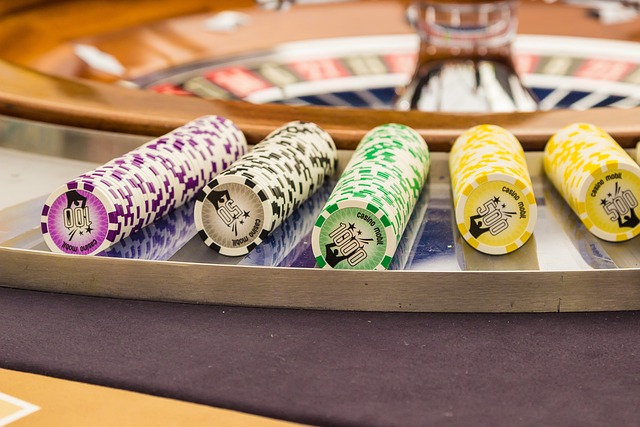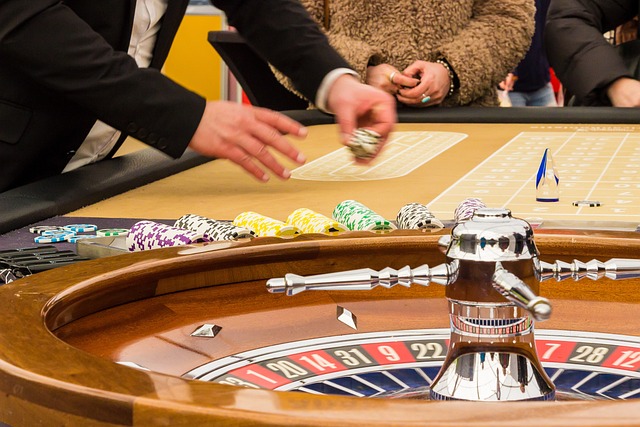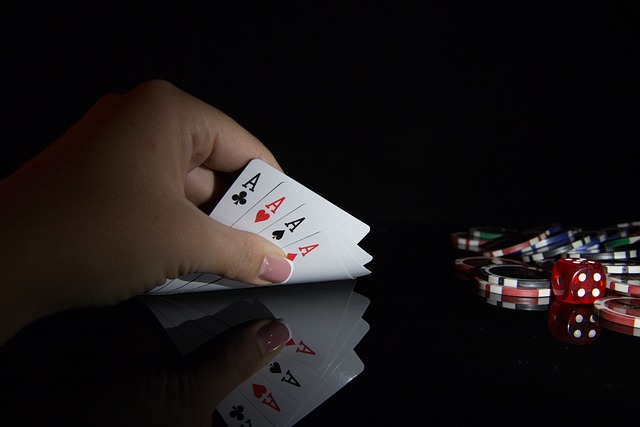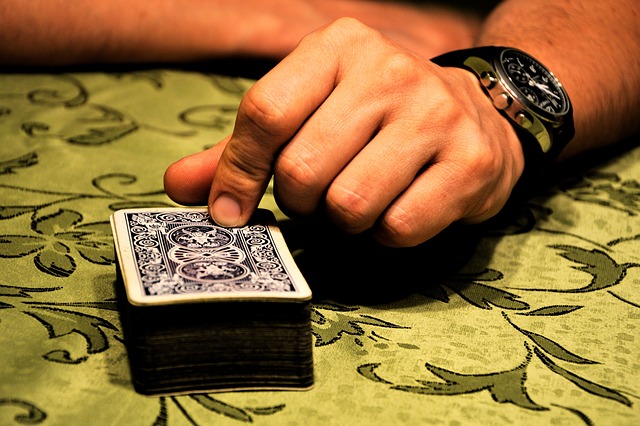
When we talk about poker, what differentiates a novice player from an experienced one (among many other things) is knowing how to differentiate the combination they have at the moment with the options available on the table. In this sense, it is especially important to know what the backdoor is in poker and how it can interact with the game.
First of all… What is the backdoor in poker? This backdoor in poker refers to draws or plays that are linked on the 4th or 5th card of the common cards, that is, the turn and/or the river. A backdoor with a straight or a flush in poker, for example, although it technically refers to any combination, would be when a player gets the card he needs in the last few cards. Still, a set or full house on 5th card would also be backdoor, for example.
How important is the backdoor in the game? In poker it is not only important what hand you have right now, but also to have a more global picture of the moment of the hand. One player may right now have the top pair, but if another player has a much stronger draw he may have a better overall chance of winning. To determine this, concepts such as outs and pot odds enter.
Flush or flush and straight or backdoor straight: Options in poker
It is possible to hit a pair, a three of a kind, a four of a kind or a backdoor full house, but what usually affects the level of play the most is the option to combine a straight or a flush, where there are usually more options if the play is faced:
Backdoor flush or flush in poker
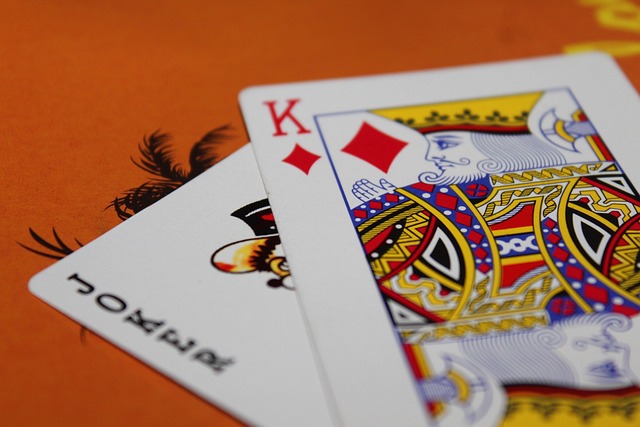
We talk about it when we usually have four cards of the same color from the flop. If the 4th appears on the turn and we only have one card left, there will be less chance of hitting a backdoor, just as it will have less value if we do not have 2 of those 4 cards in our hand. If most of the cards are paired with commons, our flush or flush backdoor will be at the expense of the high card, although if we have an A or K in hand we can get a lot of value if an opponent has a flush as well.
Backdoor ladder or straight in poker
If there are cards left to come out and there is a straight option, the options are very interesting. Obviously, it will not be the same if we talk about an open straight, or we have 4 cards in a row and they are worth 8, 4 per end, or if we opt for an internal straight. If we have 4-5-6-7 we are worth 8 and 3, if we play with 4-5-6-8 only 7 is worth us.
With the backdoor of the ladder or straight in poker, the situation will change radically if there are one or two cards left to come out in the common area, or to the extent that how many of the pending cards are common.
Outs to calculate the backdoor draw in poker
The basis of poker is probability. In the case of backdoor or project management, it is essential to know how to calculate what options there are, although there is a small cheat sheet, depending on outs or valid cards:
- Backdoor with turn and river (only with river)
- Trio: 2 outs, with an 8.4% chance (4.3%)
- Pair: 3 outs, with 12.5% (6.5%)
- Inside ladder: 4 outs, 16.5% (8.7%)
- Two pair to full house: 4 outs, 16.5% (8.7%)
- Pair with two high cards: 6 outs 24% (13%)
- From three of a kind to four of a kind or full house: 7 outs, 27.8% (15.2%)
- Open straight: 8 outs, 31.5% (17.4%)
- Flush: 9 outs, 35% (19.6%)
- Inside straight and flush: 12 outs, 45% (26.1%)
- Open straight and flush: 54.1% (32.6%)
As you can see, the higher the options will be depending on the valid and/or going cards, obviously. However, with an open straight flush draw, it’s easier for him to lead before he fails to backdoor. These probabilities are useful to calibrate with the ‘pot odds’, to see if the bet to make is too big or worth continuing with the project.
If you have to call 30 for a pot of 100, but you have 50% to win, it is a good decision, for example. If you have to pay 60 for a pot of 100, with 20% options, it won’t be.
Backdoor in poker: Transferred to the real game
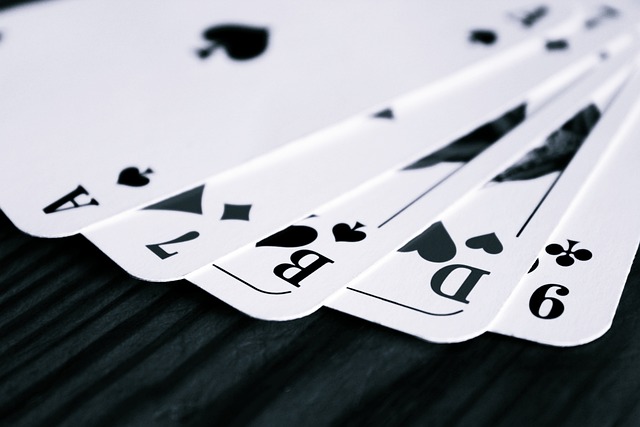
With all this study of probabilities, only one deadlock remains: the opponent’s play. There are different scenarios, such as if the opponent is going to look for a backdoor project and we are going ahead, if we are both looking for a poker backdoor (the same or different), if one has a high card for the same objective, or if we are the ones who are going to for the project. It may also be that one of the two is ahead and at the same time is better positioned for the project, but the other causes doubts with his game.
Here it will be essential to read hands to, ultimately, know what we can expect from our rival, according to each scenario. We can never be sure, but the goal should always be to maximize possible information to develop advanced poker strategies.
- Block rival project: At this point, we must make blocking bets so that it is not profitable for him to enter the project
- Evaluate if the project is worth it for the price that our opponent puts, and even if he bets for value or for blocking
- Knowing if our project is stronger: If the rival has that A of spades, the flush will be of little use to us, as well as if it is the other way around, our play will be worth gold
As a general rule, in this case it will be a basic knowledge of the theory, but then launch yourself into practice with a consistent bankroll to gain experience and experience.
